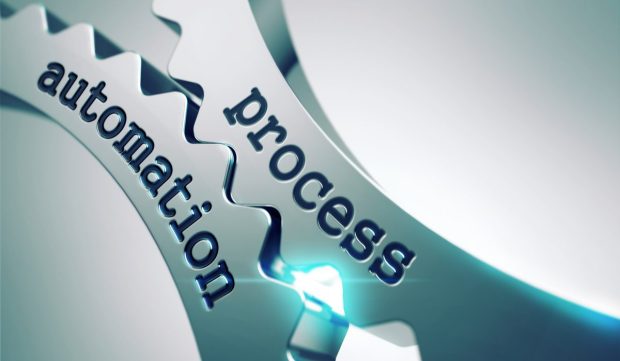AP Automation Reduces Workload, Errors, Fraud

Invoice processing automation streamlines workflow beyond the obvious benefit of reducing workloads by replacing a paper-laden process that requires hours of manual labor with one that has been entirely digitized.
It turns out that automation reduces not only staff workload but also errors and fraud risks, according to the “AP Automation Tracker,” a PYMNTS and Beanworks collaboration.
Get the report: AP Automation Tracker
Automated invoicing systems not only process orders electronically and generate the required documents in a sales transaction, but they also check the accuracy of the math involved, send the invoice electronically, handle the payment transaction between accounts and send the information to a firm’s enterprise resource planning (ERP) solution for processing and reconciliation.
“I think everybody who writes a check for business purposes inherently knows the benefits of doing something perhaps a little bit more streamlined because they do it in their personal apps all the time,” Shep Hickey, founder and CEO of Bryzos, an online marketplace for third-party buyers and sellers of steel products and accessories, told PYMNTS when interviewed for the report.
Checking the Math to Catch Errors
Highly automated accounts payable (AP) departments can process eight times as many invoices per full-time employee equivalent as those with little or no automation. In fact, a recent report revealed that AP professionals spend nearly one-quarter of their days on tasks that could be automated, including typing invoice data, fixing mistakes and responding to calls and emails about the status of invoices and payments.
By doing things like checking the math, automated invoicing systems also catch errors. Most AP professionals who have automated their accounting processes report fewer AP errors. When orders and invoices are processed manually, on the other hand, the workload can quickly become overwhelming and lead to errors. In a recent report, nearly nine out of 10 AP professionals said manual systems are a cause of payment errors.
Adding Visibility and Controls
Automation can also reduce fraud. In fact, a recent survey found that nearly three-quarters of respondents said automation would make their companies less susceptible to cyberattacks. That’s important because a nearly equal share of the respondents said their departments had received at least one fraudulent invoice. They also said that with manual workflows, lack of visibility is an issue, and that brings inherent fraud risks.
Having visibility and controls in place to govern AP transactions can make the fight against fraud that much easier, Beanworks CEO Catherine Dahl told PYMNTS in a recent interview, noting that digitization gives firms the opportunity to leverage the advantages of changing how they store valuable data, which in turn makes sure that processes and authorizations are digitized.
Read more: AP Automation Frees Teams to Think Strategically When Fighting Payments Fraud
Digitization “gives you plenty of opportunities to make sure that things are accurate,” Dahl said, adding that you can add in layers of compliance that would not have been possible with paper.
Some companies express hesitancy to automate AP for a variety of reasons, including security concerns and worries about disrupting the organizational status quo. As evidence continues to mount on its cost-saving and security benefits, AP automation is a choice companies can no longer afford to delay.
